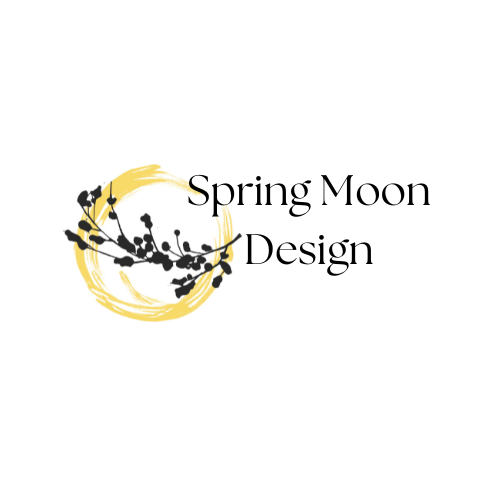 Image 1 of 6
Image 1 of 6

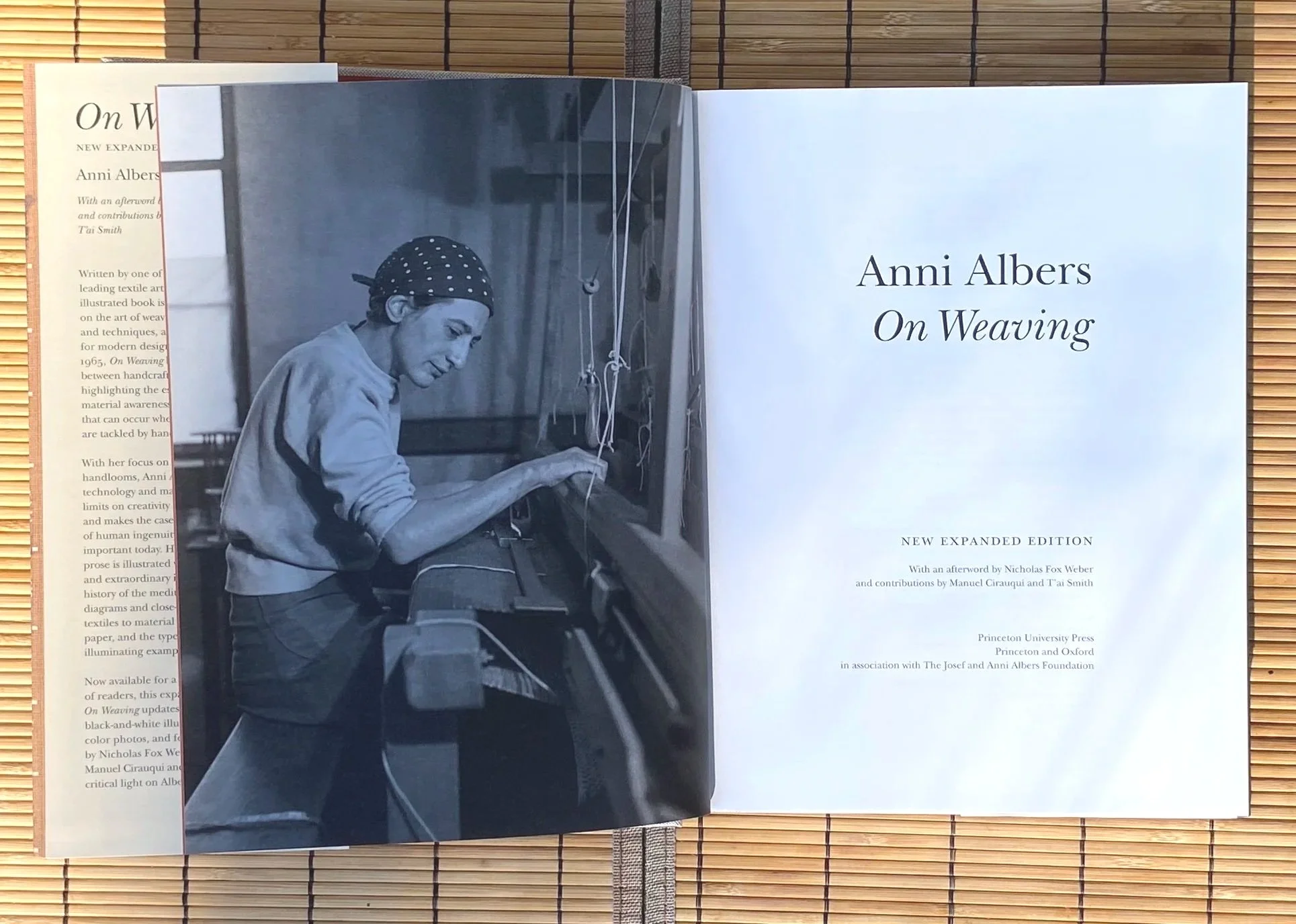 Image 2 of 6
Image 2 of 6

 Image 3 of 6
Image 3 of 6

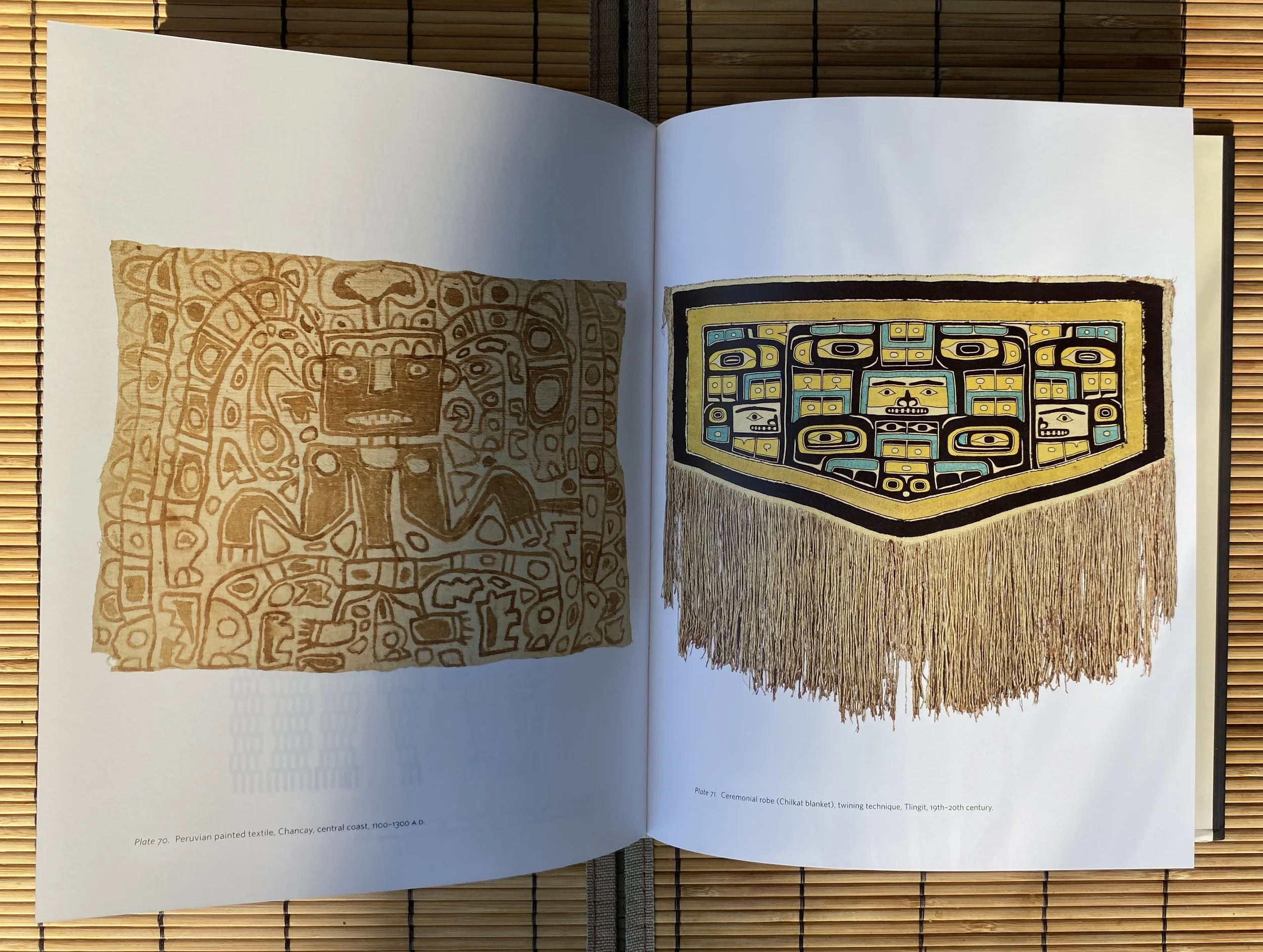 Image 4 of 6
Image 4 of 6

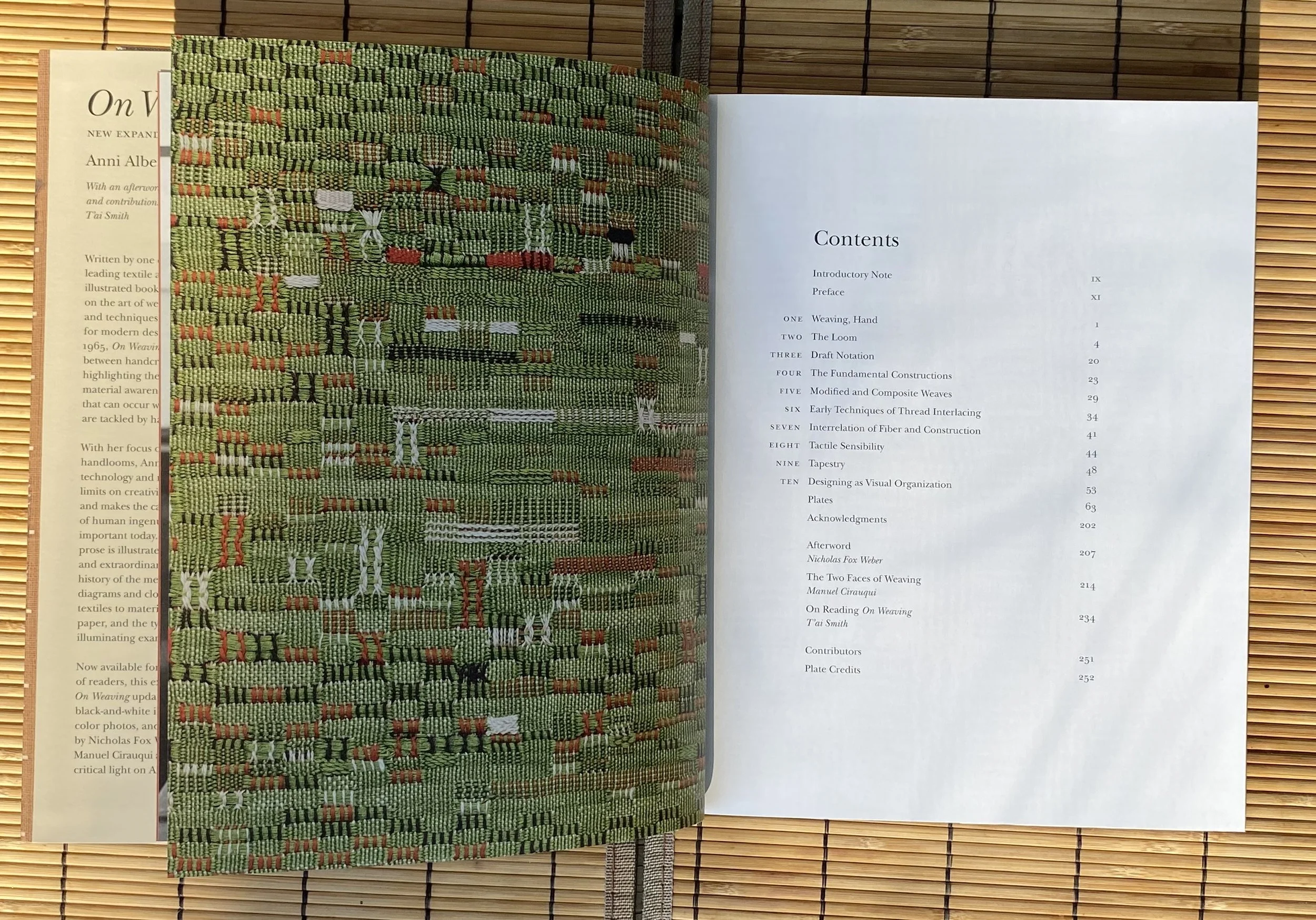 Image 5 of 6
Image 5 of 6

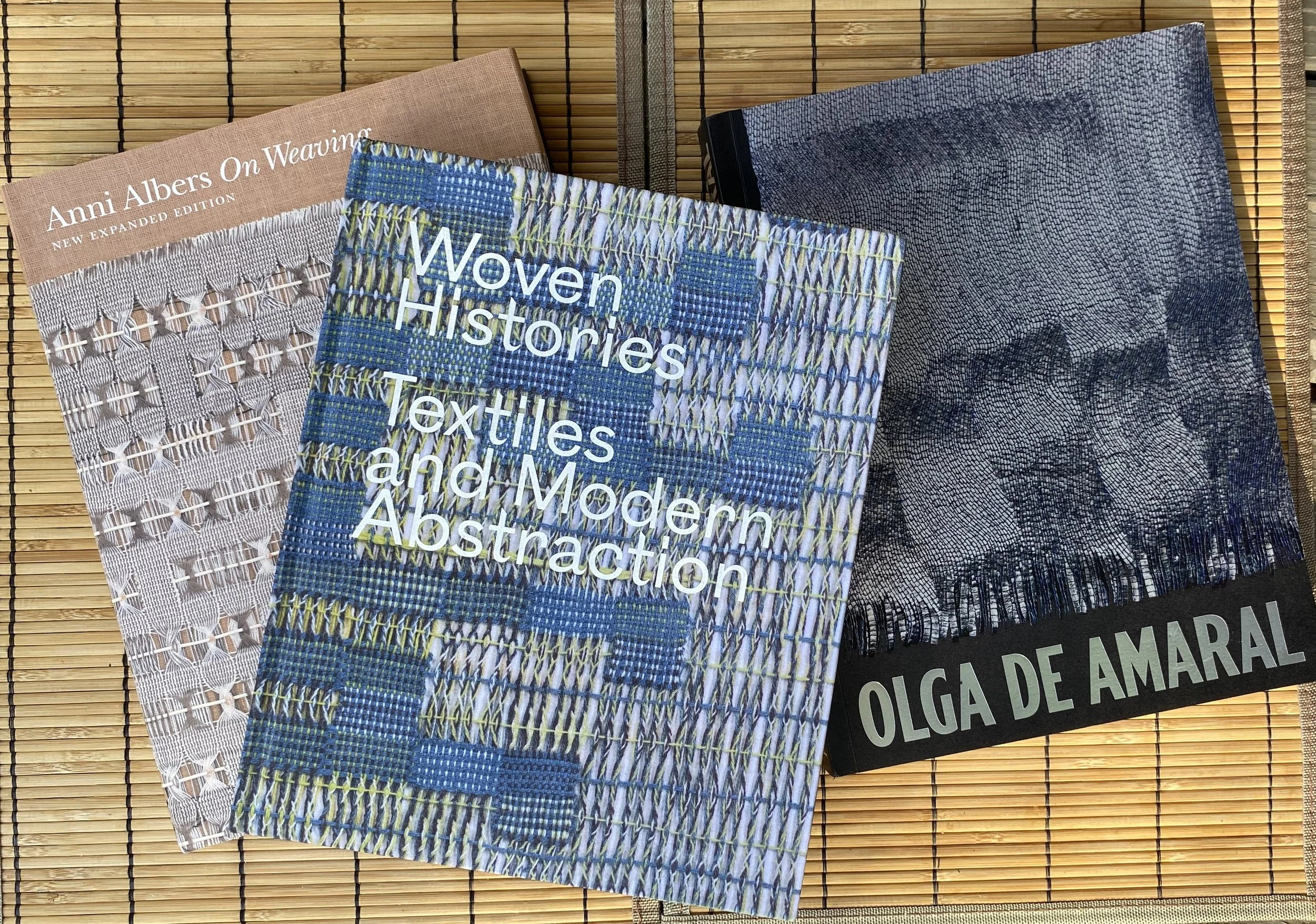 Image 6 of 6
Image 6 of 6







Anni Albers On Weaving
First published in 1965, this expanded edition of On Weaving by Anni Albers reintroduces one of the twentieth century’s most important design texts, now featuring full-color photographs and essays by Nicholas Fox Weber, Manuel Cirauqui, and T’ai Smith.
Anni Albers, who trained at the Bauhaus and later taught at Black Mountain College, explores weaving as both structure and language, an “event of threads” that bridges handcraft and the machine-made. She opens the book with a simple, reverent dedication: “To my great teachers, the weavers of ancient Peru.” The gesture is telling: her work is grounded in humility and respect for the long, global histories of textile making.
The book itself is a sensual pleasure to peruse. The close-up photographs of fibers, knots, and woven patterns—alongside her own sketches and material studies—are mesmerizing. Together, they invite the reader into the rhythm and intelligence of the hand at work.
We discovered this volume after seeing Weaving Abstraction in Ancient and Modern Art, where Albers’s textiles appeared alongside ancient Andean works and those of Sheila Hicks, Lenore Tawney, and Olga de Amaral. Seeing her work in that context—and later in Woven Histories—transformed our sense of weaving as a modern art form: one that binds civilizations across time and geography.
About the Author:
Anni Albers (1899–1994) was a pioneering textile artist, designer, and teacher. Trained at the Bauhaus and later a founding faculty member at Black Mountain College, she redefined weaving as a modern art form that united utility, abstraction, and poetic precision.
Publisher: Princeton University Press, 2018
Format: Hardcover, 272 pages
Dimensions: 8.5 in x 11 in (22 cm x 28 cm)
Condition: New
First published in 1965, this expanded edition of On Weaving by Anni Albers reintroduces one of the twentieth century’s most important design texts, now featuring full-color photographs and essays by Nicholas Fox Weber, Manuel Cirauqui, and T’ai Smith.
Anni Albers, who trained at the Bauhaus and later taught at Black Mountain College, explores weaving as both structure and language, an “event of threads” that bridges handcraft and the machine-made. She opens the book with a simple, reverent dedication: “To my great teachers, the weavers of ancient Peru.” The gesture is telling: her work is grounded in humility and respect for the long, global histories of textile making.
The book itself is a sensual pleasure to peruse. The close-up photographs of fibers, knots, and woven patterns—alongside her own sketches and material studies—are mesmerizing. Together, they invite the reader into the rhythm and intelligence of the hand at work.
We discovered this volume after seeing Weaving Abstraction in Ancient and Modern Art, where Albers’s textiles appeared alongside ancient Andean works and those of Sheila Hicks, Lenore Tawney, and Olga de Amaral. Seeing her work in that context—and later in Woven Histories—transformed our sense of weaving as a modern art form: one that binds civilizations across time and geography.
About the Author:
Anni Albers (1899–1994) was a pioneering textile artist, designer, and teacher. Trained at the Bauhaus and later a founding faculty member at Black Mountain College, she redefined weaving as a modern art form that united utility, abstraction, and poetic precision.
Publisher: Princeton University Press, 2018
Format: Hardcover, 272 pages
Dimensions: 8.5 in x 11 in (22 cm x 28 cm)
Condition: New
